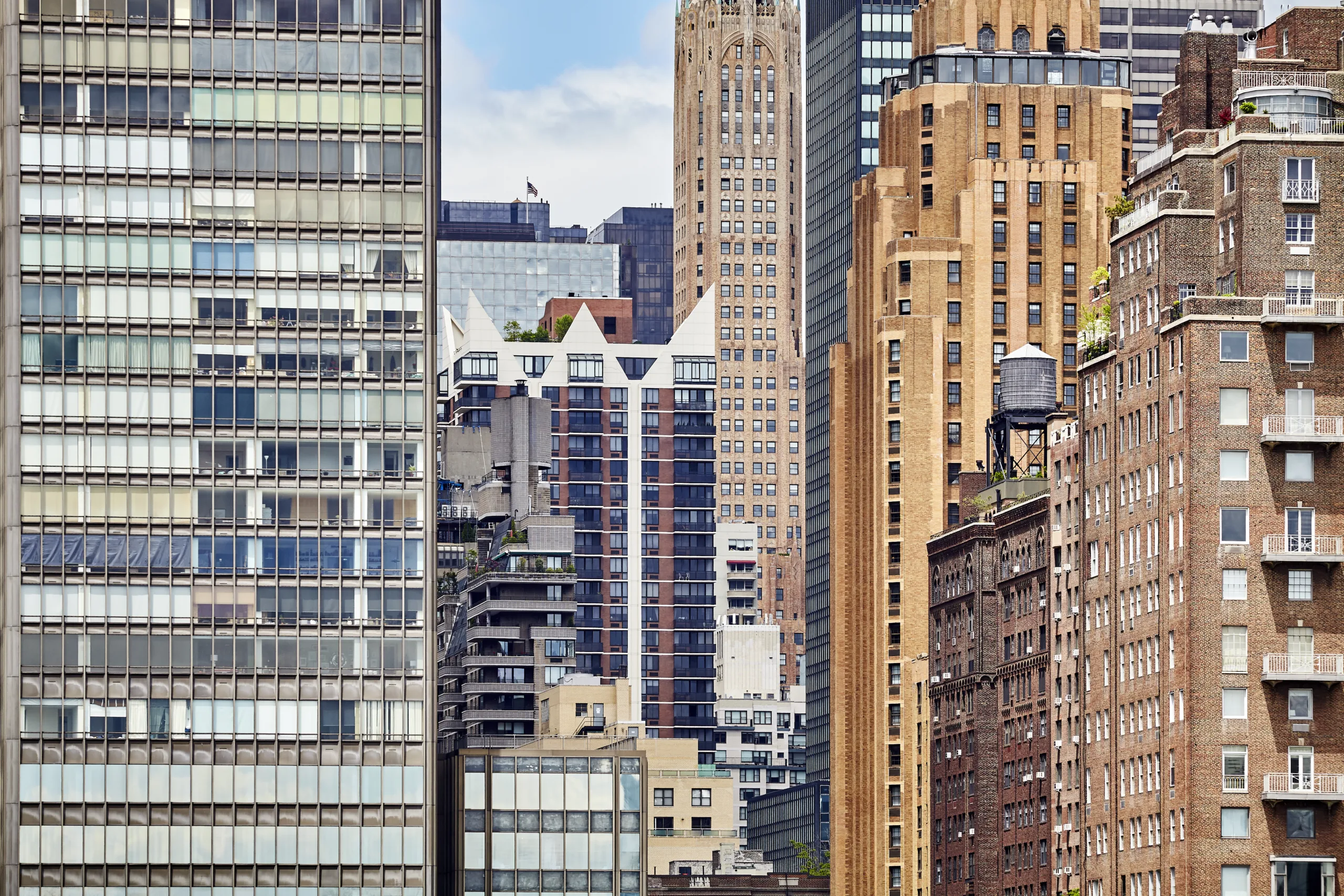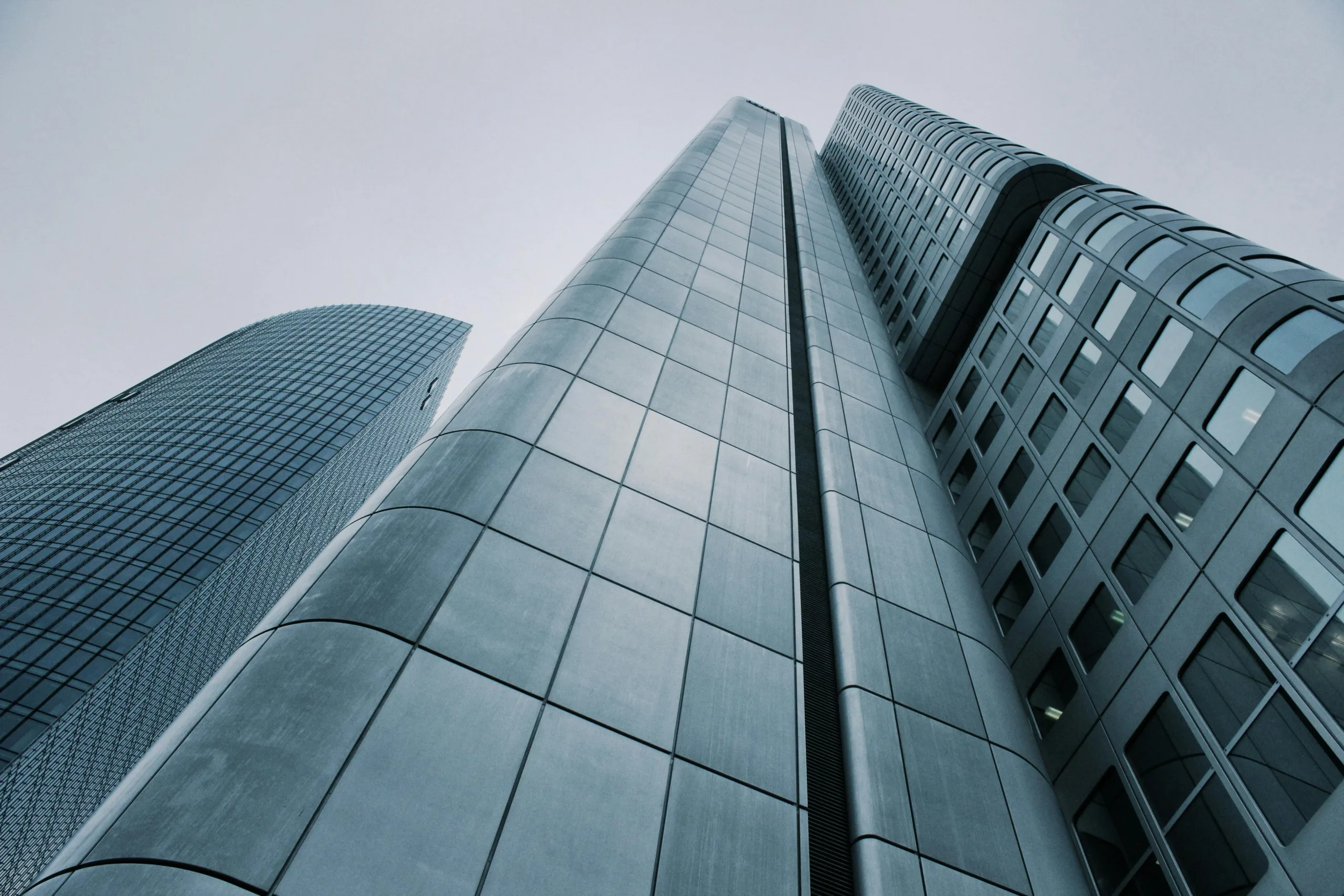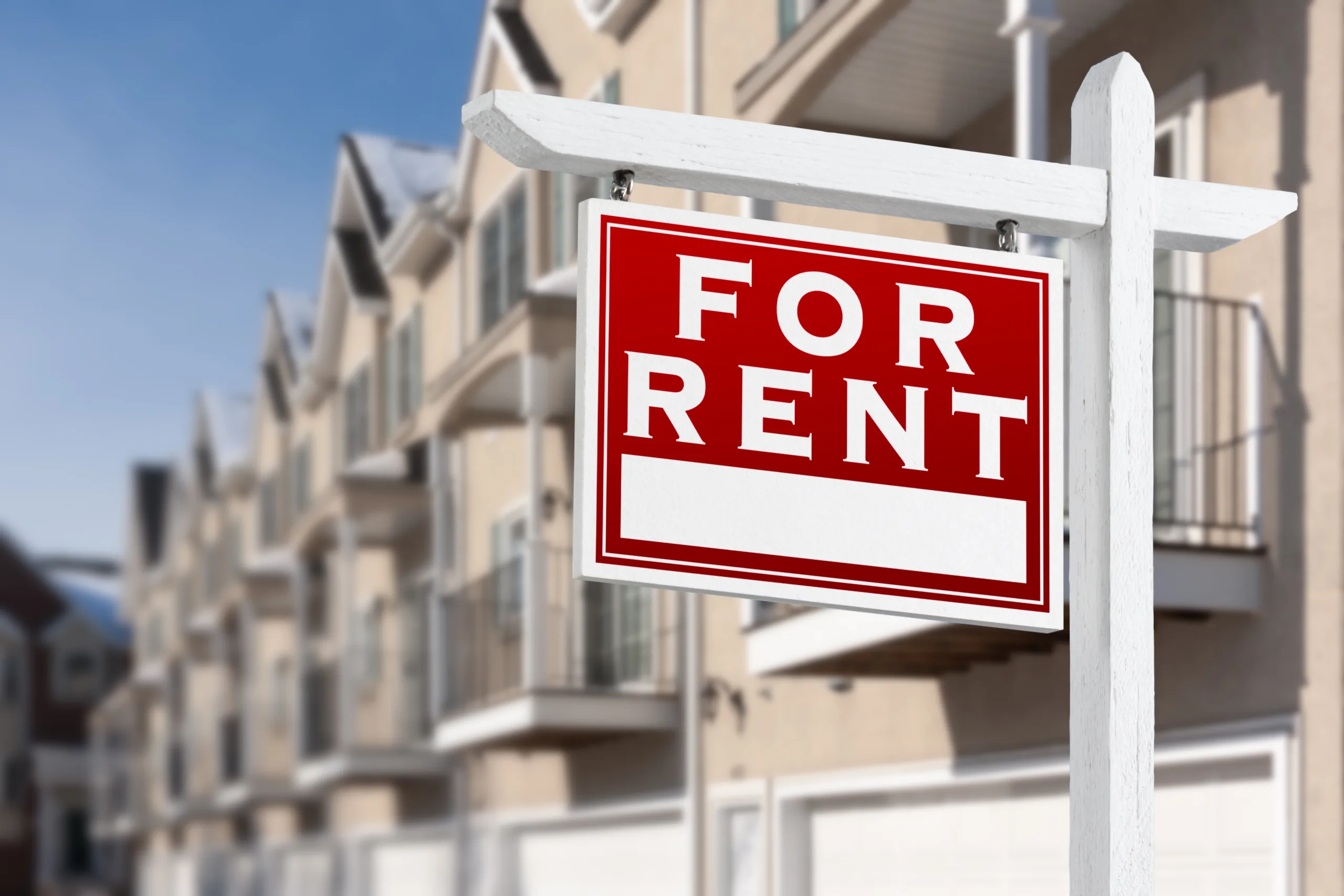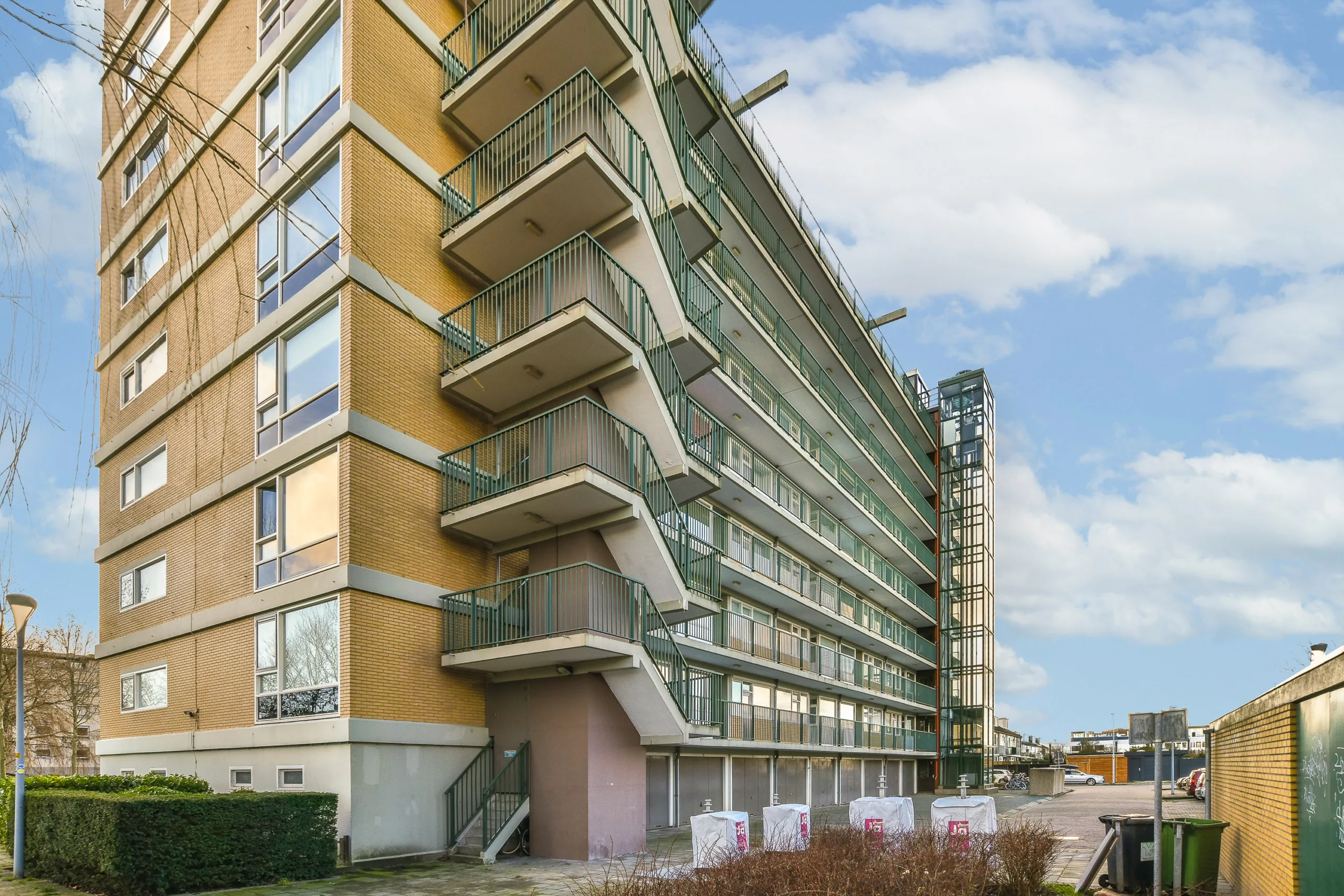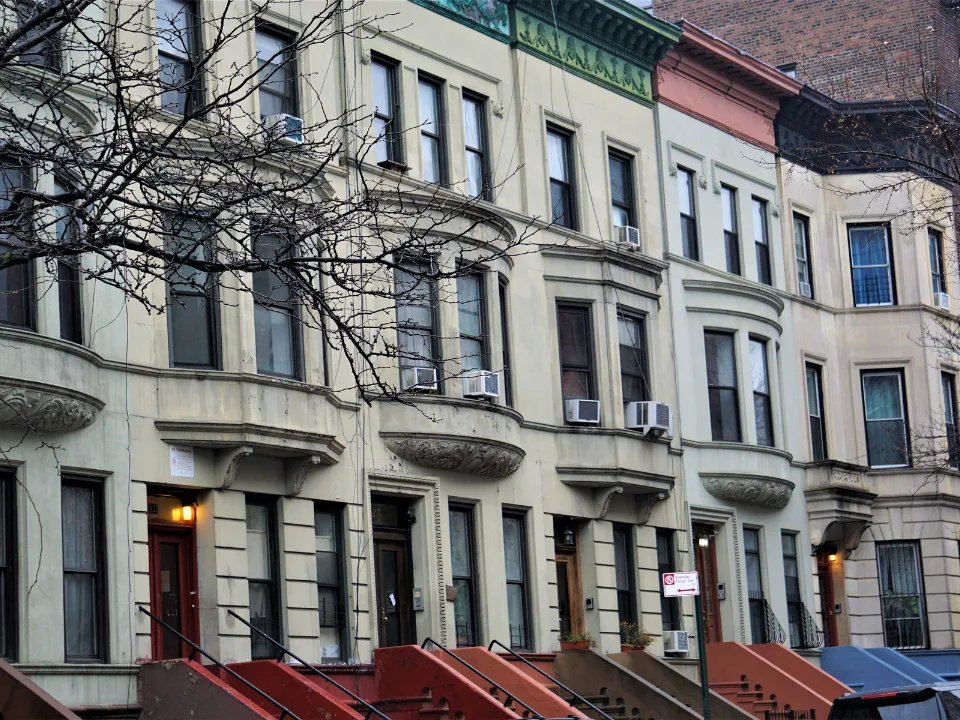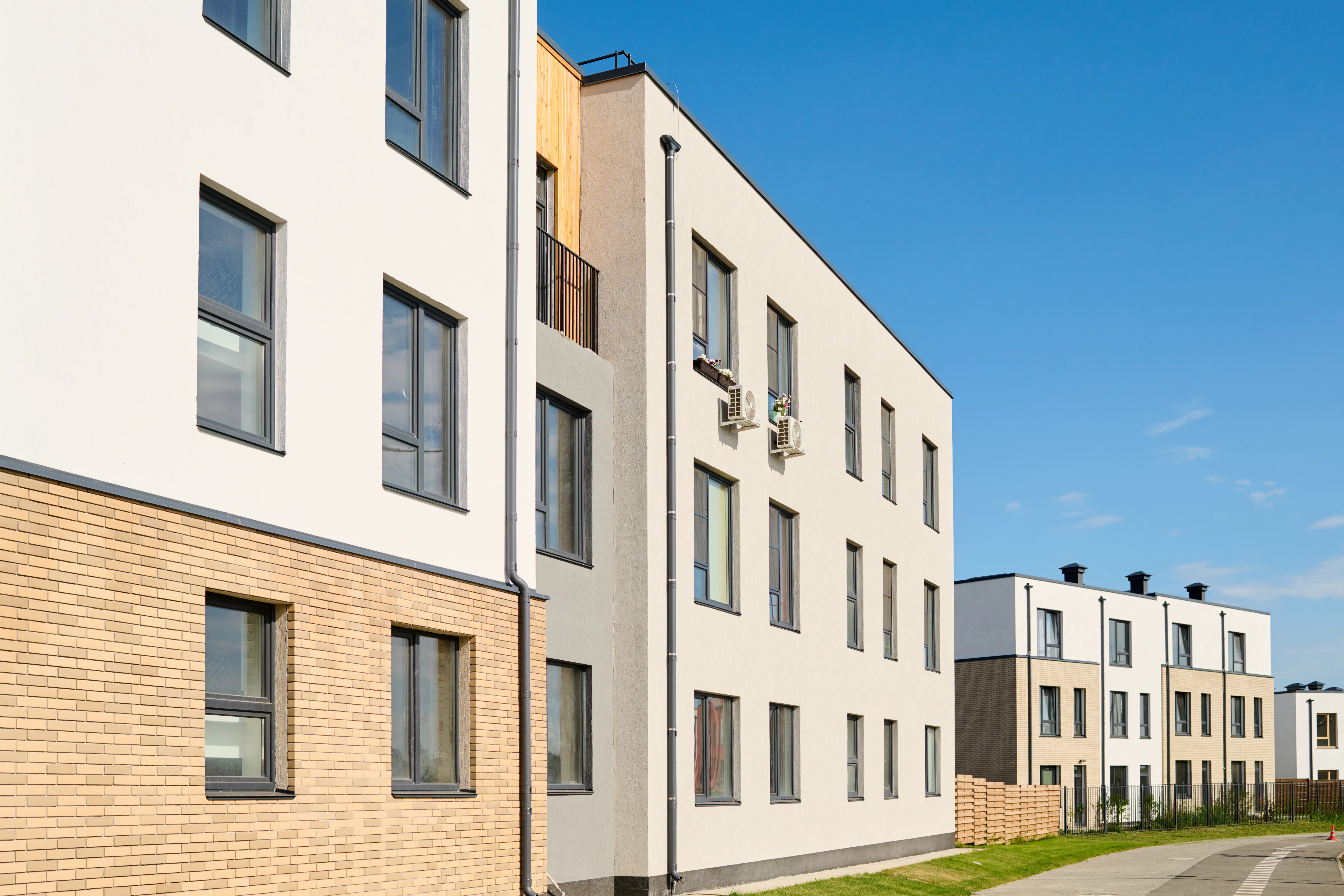- Medical office loans are outperforming traditional office loans, with a CMBS delinquency rate nearly half that of conventional offices.
- Vacancy rates remain low for medical office properties at 5.8%, compared to 14.5% for the broader office sector.
- Aging demographics and healthcare job growth are fueling sustained demand for medical office space.
- Revenue growth is stronger and more stable, with medical offices posting 7.3% compound growth since 2015 vs. 2.98% for traditional offices.
Investors Find A Cure In Medical Offices
As traditional offices see rising vacancies, medical office properties stand out as a resilient option with stable demand and strong occupancy, reports GlobeSt. Investors are drawn to these healthcare-focused assets, as loans backed by them are outperforming conventional office loans. Trepp reports lower delinquency rates and higher occupancy for medical office-backed loans compared to traditional office properties.
Why Medical Is Different
While traditional offices battle ongoing space reductions and remote work adjustments, healthcare buildings are benefiting from structural demand drivers. Trepp reports that CMBS loans tied to healthcare assets show a 6.15% delinquency rate—almost half that of traditional office loans at 11.31%.
That gap reflects a healthier underlying property market. According to Transwestern, the national vacancy rate for outpatient facilities stood at 5.8% in Q2 2024, compared to 14.5% for the overall office sector. And while traditional offices saw vacancies rise, healthcare-related rates improved, supported by increased healthcare utilization and job growth.
Get Smarter about what matters in CRE
Stay ahead of trends in commercial real estate with CRE Daily – the free newsletter delivering everything you need to start your day in just 5-minutes
A Demographic Tailwind
The performance of medical offices is deeply connected to demographic shifts and healthcare workforce expansion. The Bureau of Labor Statistics notes rising employment in healthcare-related fields, including physicians’, dentists’, and other outpatient offices. At the same time, job losses are affecting conventional office-based sectors.
Marcus & Millichap projects 7M more Americans aged 65+ in five years, adding 23M annual doctor visits. This is expected to drive continued demand for outpatient services, keeping medical office occupancy and rents on solid footing.
The Numbers Tell the Story
The contrast between sectors is also evident in net absorption. Traditional office space posted 10M SF of negative absorption in Q2. In contrast, medical office space added over 1M SF in positive absorption, according to Transwestern data.
And over the longer term, revenue growth trends underscore the resilience of the sector. Between 2015 and 2024, medical office properties delivered a 7.3% compounded revenue growth rate, compared to just 2.98% for traditional office space, per Trepp.
Outlook
Medical office properties benefit from inelastic demand for healthcare services and favorable demographic trends. Long-term lease structures add further stability, making them a likely bright spot for lenders and investors. In a market where predictability is hard to come by, this niche offers a rare combination of stability and upside.


